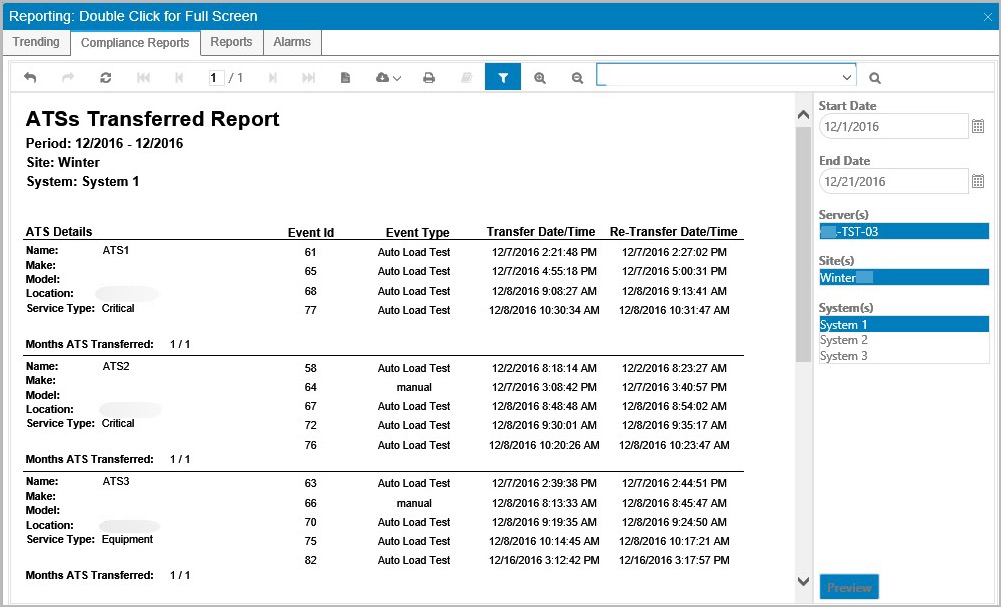NFPA Report
The National Fire Protection Association (NFPA) provides requirements for backup power so that when an outage occurs, vital services that impact health and safety are not disrupted. Emergency power infrastructure includes devices that switch from the electrical grid to a local source, very often a generator. The generator must fire up within ten seconds and it must be demonstrated monthly that the backup power assets are in this readiness state and that ATSs (automatic transfer switches) perform as expected.
Generators are required to operate for a duration of at least 30 minutes while maintaining the minimum exhaust gas temperatures as recommended by the manufacturer. In addition, to pass a monthly test, the generator must perform within constraints for operating temperatures while maintaining 30 percent of the generator nameplate kW rating.
For No Load tests, the generator runs without the ATS as an exerciser on the generator. These are detected and recorded by Aurora typically every second.
In Aurora, Compliance Reports enables users to run reports that address requirements listed in NFPA specifications. These will populate the Event History tab, along with an on-screen indication as to whether events have met or failed to meet test or event criteria. NFPA reports are typically produced monthly.
If not already running automatically, the Compliance Reports tab gives the user the ability to search for reports, filtered by date and server, as captured in the following sample. The reports indicate the Event Type, transfer times, as well as other ATS details. These reports are exportable.

ATS Report Sample
Monthly Tests
Automatic Transfer Switches (ATSs), which ensure that the switchover to backup power will occur, must be tested monthly. It must be demonstrated that intended circuits (for example, in a surgery room) receive power from the backup source. Further, controls, which allow an operator to control a power source to on or off remotely, are tested as well and included in reports to fulfill auditor requests.
Monthly Test with a delayed start to establish “at temperature” criteria: Our systems allow an administrator to program in via the user interface a start delay. This provides sufficient time for a generator to reach operating temperatures. The setting for this can be based on previous test observations, but 10-15 minutes is common and a good benchmark.
Monthly Test with manual user initiation: Our systems enable a user to control the transfer of each ATS by selecting the “Initiate commands through the User Interface” checkbox in the Aurora platform. This instructs the system to begin with automatically calling the initiating ATS for transfer but then leaves it to the user to transfer each ATS via user input. The user may then wait to initiate the last ATS until the desired temperatures (water and/or exhaust) have been reached. Once the final ATS has been transferred via user input, test collection will begin.
When producing a Compliance Report, event criteria are selectable by the user. These fields indicate whether to include rated load and/or load time as indicated in the next capture. Be sure to refer to Compliance Reporting for further information on the Aurora reports workflow.

Please refer to the Compliance Reporting topic for the Aurora system for steps required to initiate a test via user initiation.
Often, these tests occur during the early morning hours when client power demands are at a minimum as the ATS will switch the power source to the backup supply.
Other Criteria
Backup power systems must be exercised 12 times per year with a minimum of 20 days between subsequent tests as well as a maximum of 40 days between subsequent tests.
Should an event occur or if an outage is scheduled for a facility (for example, due to a planned outage or Demand Response event called by a utility), the event can address the testing requirement. Provided the event satisfies these testing requirements, further exercise of the generator and transfer switch are not required that month.
If the requirements highlighted in this topic are not satisfied via monthly testing, an annual test must be conducted that maintains a generator load of 50 percent of the rating for 30 minutes and 70 percent of the rating for 60 minutes totalling no less than 90 minutes of testing under these load requirements.
A test may not be initiated while the generator is already running for some other purpose. For additional information, please refer to this article at NFPA.org.
Future Upgrades
The NPFA reporting functionality is also available via our enhanced IoT connectivity platform, MiraLink, which offers surveillance and telemetry of backup power assets. Please reach out to our Support team to get started on a simple migration so that you can enjoy real-time monitoring in a cloud-based environment, which provides 24x7 uptime along with simple connectivity features.
